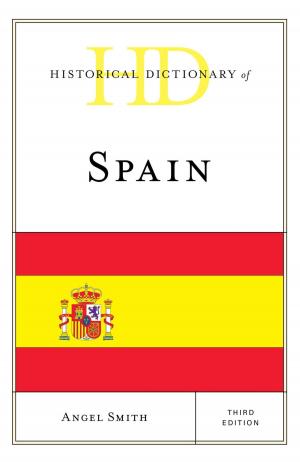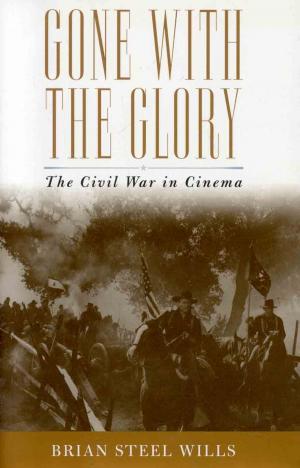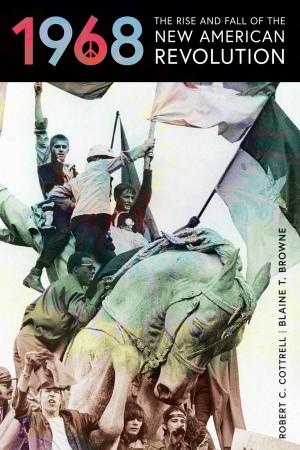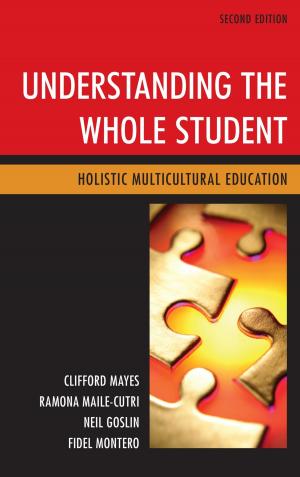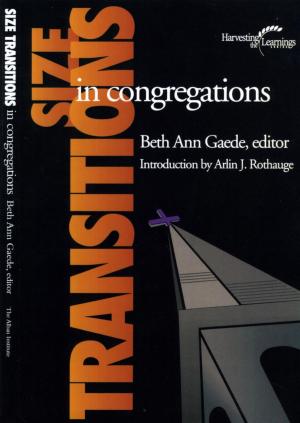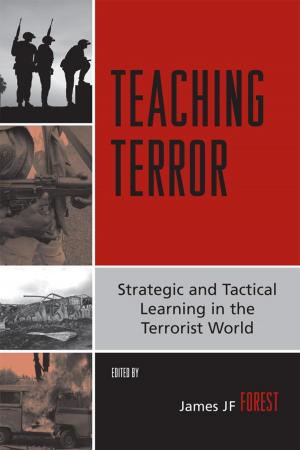Graphic Novels in High School and Middle School Classrooms
A Disciplinary Literacies Approach
Nonfiction, Reference & Language, Education & Teaching, Special Education, Experimental Methods, Teaching, Teaching Methods, Comics & Graphic Novels| Author: | William Boerman-Cornell, Jung Kim, Michael L. Manderino | ISBN: | 9781475828368 |
| Publisher: | Rowman & Littlefield Publishers | Publication: | July 5, 2017 |
| Imprint: | Rowman & Littlefield Publishers | Language: | English |
| Author: | William Boerman-Cornell, Jung Kim, Michael L. Manderino |
| ISBN: | 9781475828368 |
| Publisher: | Rowman & Littlefield Publishers |
| Publication: | July 5, 2017 |
| Imprint: | Rowman & Littlefield Publishers |
| Language: | English |
The ultimate guide for using graphic novels in any middle school or high school classroom, this book considers how the graphic novel format can support critical thinking and help reach disciplinary goals in history, English language arts, science, math, fine arts, and other subjects. Using specific graphic novels as examples, this book considers how to help students read, question, and write about both fiction and non-fiction. Whether teachers are new to graphic novels or have been working with them for years, this book will help improve instruction.
Chapters ell us how to teach with graphic novels, focusing on how disciplinary literacy can inform graphic novel instruction; how readers should consider text, image, and the intersection of the two when reading a graphic novel; and how graphic novels can encourage critical response and interdisciplinary instruction. Throughout the book, the authors illustrate important teaching concepts with examples from recent graphic novels. Appendices offer recommendations of graphic novels ideal for different disciplines. Teachers who are serious about using graphic novels effectively in the classroom will find this book invaluable.
The ultimate guide for using graphic novels in any middle school or high school classroom, this book considers how the graphic novel format can support critical thinking and help reach disciplinary goals in history, English language arts, science, math, fine arts, and other subjects. Using specific graphic novels as examples, this book considers how to help students read, question, and write about both fiction and non-fiction. Whether teachers are new to graphic novels or have been working with them for years, this book will help improve instruction.
Chapters ell us how to teach with graphic novels, focusing on how disciplinary literacy can inform graphic novel instruction; how readers should consider text, image, and the intersection of the two when reading a graphic novel; and how graphic novels can encourage critical response and interdisciplinary instruction. Throughout the book, the authors illustrate important teaching concepts with examples from recent graphic novels. Appendices offer recommendations of graphic novels ideal for different disciplines. Teachers who are serious about using graphic novels effectively in the classroom will find this book invaluable.


